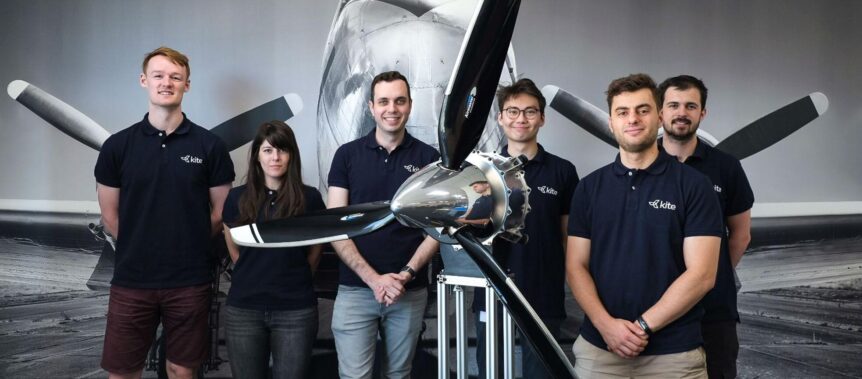Flying high and down under, Amprius, the San Francisco Bay area-based battery developer and maker, announced 450-Watt-hour per kilogram cells, and seemingly immediately secured orders from three major clients. One client of the three is a British specialist in HAPS (High Altitude Pseudo Satellite) aircraft. A probably unrelated sale went to an Australian light plane maker unveiling the country’s “first commercially produced electric aircraft,” a two-seat trainer. BAE/Prismatic BAE Systems has collaborated with Prismatic, a HAPS pioneer, in the development of solar-powered unmanned aerial vehicles (UAVs). The partners have crafted two prototypes of the PHASA-35 unpiloted aerial vehicle, a 35 meter (114.8 feet) span airplane weighing 150 kilograms (330 pounds) capable of carrying a 15 kilogram (33 pound) payload. Solar cells power the craft’s electric motors during the day and charge the Amprius batteries that keep it in the air at night. Amprius claims, “The new 450 Wh/kg cells are the only known commercially available batteries of their kind that …
Monash Makes Motors – and Fuel from Thin Air
Monash University announced a new type of electric aircraft motor and the promise of a fuel that could power everything from your smart watch to your airplane in the future. Both rely on unique ways of seeing the physical world around us. The Kite Magnetic Motor Charles Alcock, writing for FutureFlight.com, discusses Kite Magnetics’ 120 kilowatt (160 horsepower) electric propulsion unit (EPU) intended for a variety of light aircraft applications. part of a program at Monash University in Melbourne, Australia, the motor could find applications in “conventional fixed-wing aircraft, as well as eVTOL and eSTOL designs, high-altitude satellites, and wing-in-ground craft,” according to the University. At its core, the motor relies on the University’s patented Aeroperm™ magnetic material. This lightweight nanocrystalline substance is part of a soft amorphous metal matrix. Unlike traditional iron materials in motors, however, Aeroperm does not exhibit iron’s normal “lossiness.” Instead, it loses energy at “one-tenth the rate of existing magnetic materials used in current electrical …
Converging Paths Head toward Better Supercapacitors
Two different lines of research in Korea and Australia seem to be heading toward practical supercapacitors with energy densities approaching the lower end of battery technology while offering better charging efficiency and extended lifetimes. Santhakumar Kannappan, a researcher at the Gwangju Institute of Science and Technology in Korea has led a team who reduced graphene oxide particles with hydrazine in water, then agitated the slurry with ultrasound. This produces a “highly porous form of graphene that has a huge internal surface area,” equivalent to a basketball court for every gram. They pack the resulting powder into a coin-shaped cell, dry it at 140° C and a pressure of 300 kilograms per centimeter (4,267 pounds per square inch) for five hours. Electrodes made this way and saturated in EBIMF 1 M electrolyte have a specific capacitance of 150 Farads per gram, an energy density of 64 Watt-hours per kilogram and a current density of 5 Amps per gram. MIT’s Technology Review …


